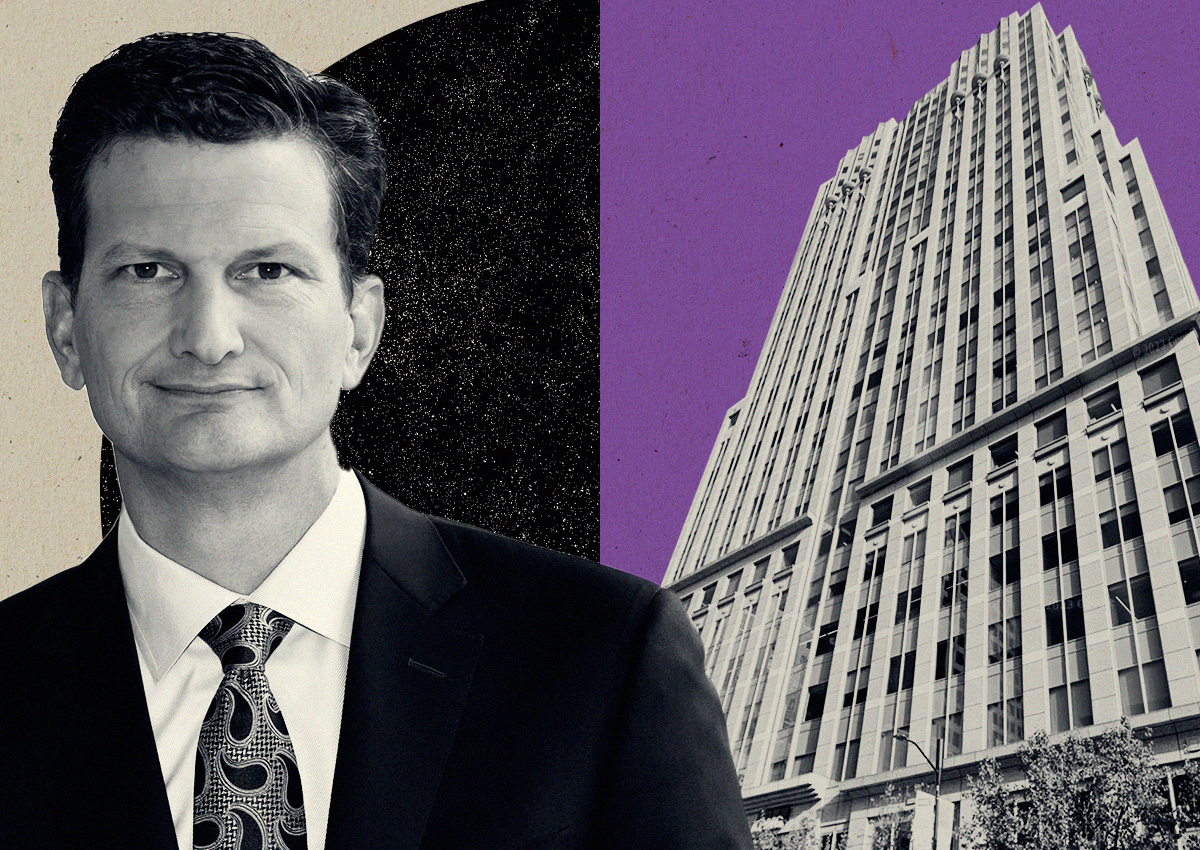Previous San Francisco’s western edge

Peter Gavette is a National Park Service archeologist working to trace the frontiers of a lost world in San Francisco.
He’s looking for concrete posts that marked the edges of the shifting sand dunes that covered nearly all of what is now the city’s Richmond and Sunset districts a century and a half ago. The markers were installed in 1873 to show the limits of the sand dunes that covered what the city called its “Outside Lands.” Though the sand is buried now under thousands of houses and businesses, the Outside Lands name lives on as a celebrated summertime music festival.
But back in 1873, it was another world. This part of San Francisco from the Ocean Beach to the western edge of Twin Peaks from the hill above the old Cliff House all the way south to Lake Merced was nothing but a sandy waste, marked here and there by scrub brush, small brackish lagoons and sand hills.
It was practically a wilderness. There were only a few houses — shacks, really — mostly inhabited by squatters. The sand covered nearly 6 square miles of San Francisco, a considerable hunk of the city. It was inhospitable much of the year. The dunes kept moving, driven by the wind, sometimes as much as a quarter of a mile over a few years.
So the federal government directed the U.S. Coast Survey to mark the edges of the sand in San Francisco as it existed in 1873. The surveyors used the finest instruments of the time to mark and install 20 monuments, each nearly 3-feet high to mark the edge of the sandy desert.
Gavette and other National Park Service scientists became interested in the survey markers and began to track them down.
“It’s part of our history,” Gavette said. The monuments also have scientific value. “They mark the edge of the coastal zone system,” he said. It also involves a bit of detective work, since over time nearly all of the monuments disappeared or were lost, buried under new roads or streets, covered over by plants, discarded, or even stolen.
The National Park Service is involved since many of the markers are in what is now the Golden Gate National Recreation Area. Most are buried under the city like monuments of another age.
The first of the 20 markers installed in 1873 was set near Lake Merced, roughly where the Great Highway meets Skyline Boulevard. The others ran in a kind of semicircle, heading northwesterly, following the contours of the land.
They run up toward 19th Avenue in the Sunset district, dip across the middle of Golden Gate Park, head up east as far as the present Sixth Avenue, then follow the line of hills roughly on Anza or Balboa streets in a northwesterly direction to marker number 20 on Sutro Heights Park, on a bluff overlooking the ocean.
Marker number 20 intrigued Gavette. “It was the last one in the original location as far as we could tell,” he said. Gavette and some of his colleagues had searched for Marker 1 at Lake Merced, but it had apparently been paved over in a road-building project. The location of Marker 11 in the botanical garden in Golden Gate Park also appeared promising. “I looked for it,” he said, “but it’s apparently under grass or buried.” So it couldn’t be found.
That left No. 20. I met with Gavette and two of his park service colleagues, Zac Stanley and Craig Scott, at Sutro Heights the other morning to see the last of these monuments. It was just in time.
The marker was half buried in sandy soil on a bluff in a small forest of cypress trees overlooking the old Cliff House and the entrance to the Golden Gate. It’s just past two concrete lions that mark the entrance to Sutro Heights park where Point Lobos Avenue meets 48th Avenue, just above Lands End.
The monument is about 2½ feet long, made of a concrete-like material to resemble a milestone. It was chipped and worn. On the bottom, an inscription: USCS 1873 No 20.
It looked to Gavette like someone had moved the monument a bit, maybe to pry it out of the sand where it had remained for 150 years.
Vandals had tried to tear down two nearby statues — one of Diana the huntress, the other of a stag — not long ago, so the park had taken them down. The Park Service decided to remove Marker 20 to a safe place, construct an exact replica and install it with an interpretive panel to tell the story of the lost sand dunes.
So Gavette, Stanley and Scott pulled the monument upright, set up a temporary antenna, and took measurements to insure the exact location for a new historical marker. Then they picked up Marker 20 and put it in the back of a pickup truck to take it to a safe place. History is heavy: It took three people to move it.
As they worked, the three talked of the past: the time before history, when grizzly bears and tule elk roamed the area. There were humans too: the Yelamu people. Gavette pointed across a city street toward the ocean. “There was a human site there,” he said, “near a fresh water spring.”
But in 1873, when Marker 20 was installed, that bluff on the edge of the ocean looked much different. “There was nothing here, no trees, no forest. That came later,” Gavette said.
Yet not that far away, on the other side of the sand hills, the great city of San Francisco was rising. In 1875, only two years after the Coast Survey was completed, the Palace Hotel, the largest hotel in the United States, opened for business. Mining tycoon Adolph Sutro built a palatial residence and a public park near the survey monument and named the coastal bluff for himself. It was a boom time. The new city expanded westward, and now close to 100,000 people live in the neighborhoods just beyond the Coast Survey’s 1873 line in the sand.
Carl Nolte’s columns appear in The Chronicle’s Sunday edition. Email: cnolte@sfchronicle.com





